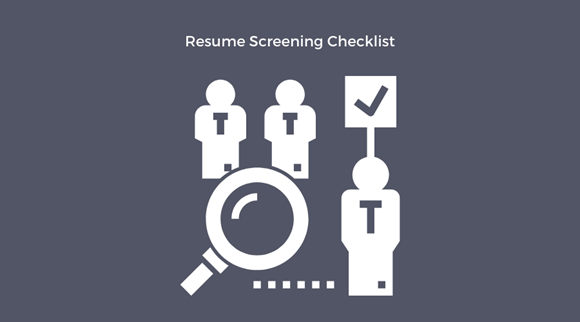
Companies are relying more on the over 30 job-matching platforms, CV screening, and AI-powered tools to automate the screening process. You need to understand the screening algorithm and adapt.
Understanding the algorithms
Conventional advice about résumés and cover letters will not work unless you are 100% sure that a person is reading them. Instead of choosing a unique design, color scheme, focus on making it simple using keywords found in the job posting.
More than likely, your résumés will first be processed by an automated applicant tracking system (ATS). To increase your chances to advance to the next screening round and eventually get an interview, you need to submit a résumé that the AI will interpret accurately.
Using short and descriptive sentences will help AI parse your résumé. Each job posting contains keywords that the ATS uses to prioritize candidates. Be declarative and quantitative because the algorithm is trying to figure out who you are and decide whether you will advance. Be clear and list your skills using specific details. For example, where you learned them and how long you’ve used them, plus any licensing or certification numbers that verify your expertise.
It would help if you met some of the job description qualifications listed in the job posting, let the algorithms decide whether you’re a match. The algorithm will cluster and categorize you from top to bottom based on the candidate pool.
You will also need to create at least two versions of your résumé, one for AI and one for human readability and flow. Finally, test your résumé against the job posting with an AI engine like Jobscan.
